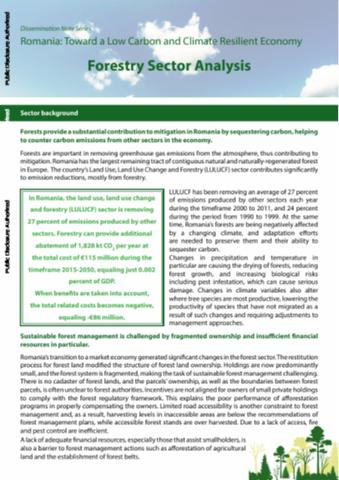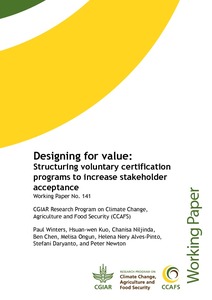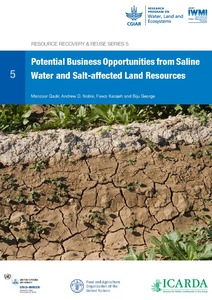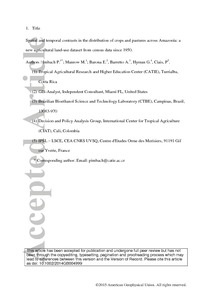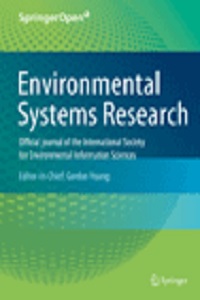Romania Toward a Low Carbon and Climate Resilient Economy
This report is about Romanis's Green growth benchmarking, which is a country-level diagnostic that helps define a country’s strengths and vulnerabilities in adopting a path to greener growth. The process of defining a country’s green growth path starts with an analysis aimed at mapping the country’s current position on a multi-dimensional green-growth chart, with each dimension defined by an indicator of green growth.


